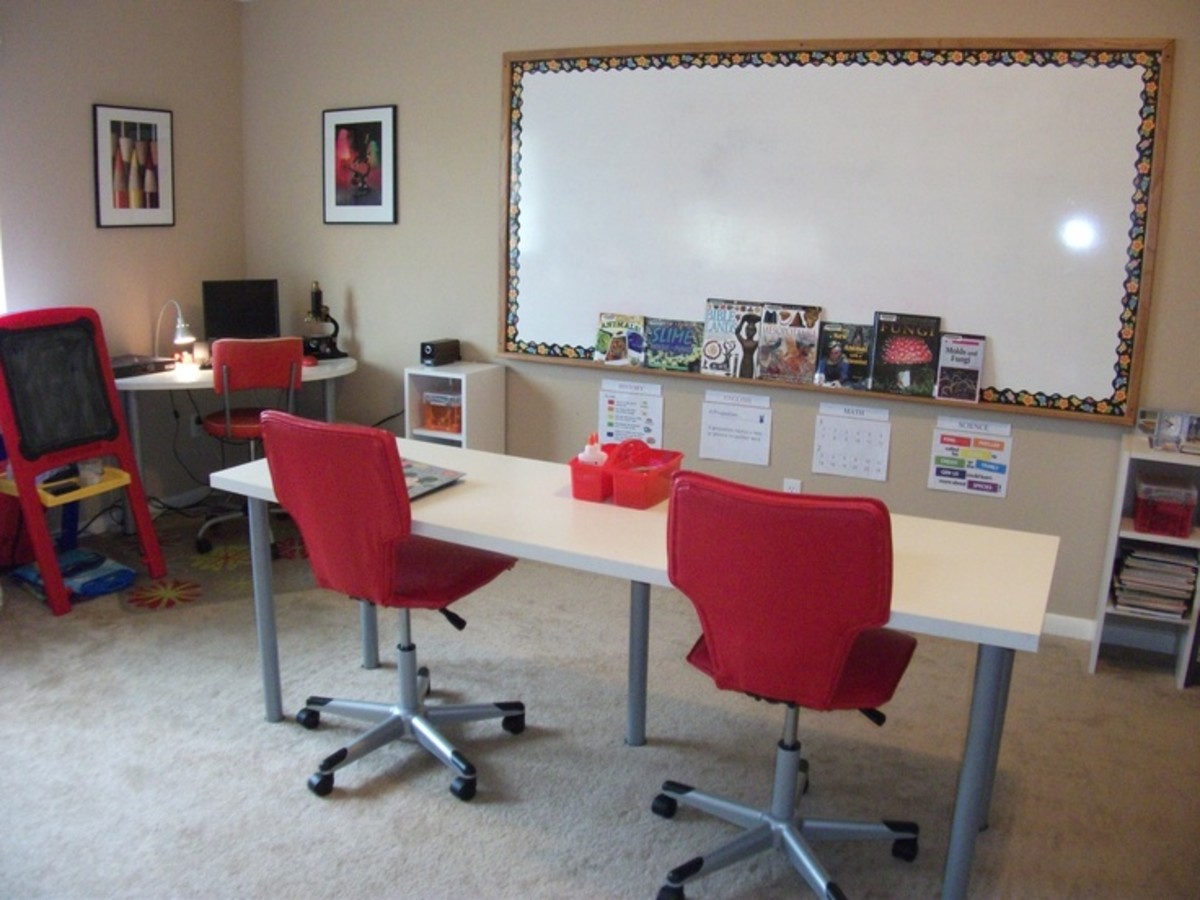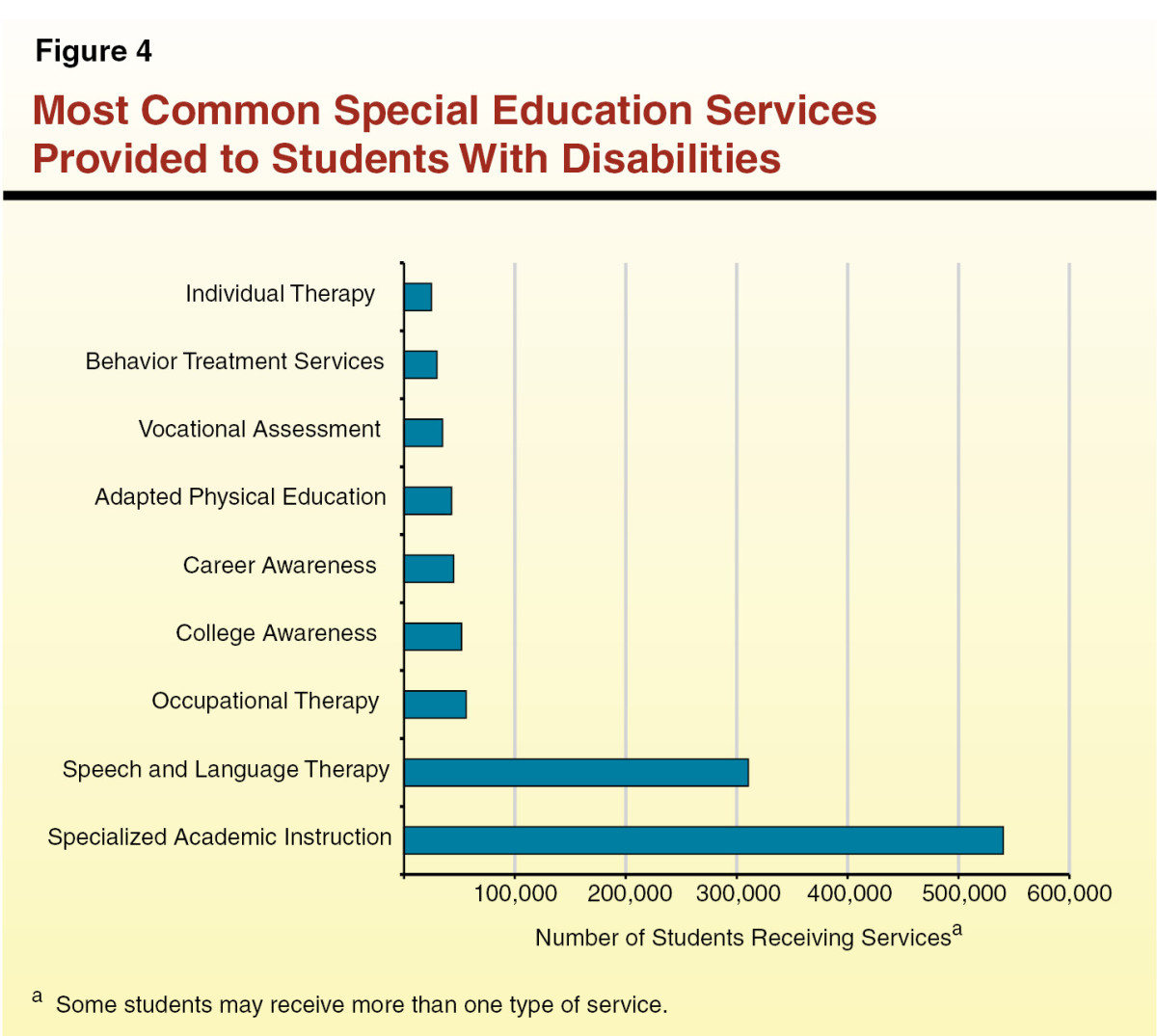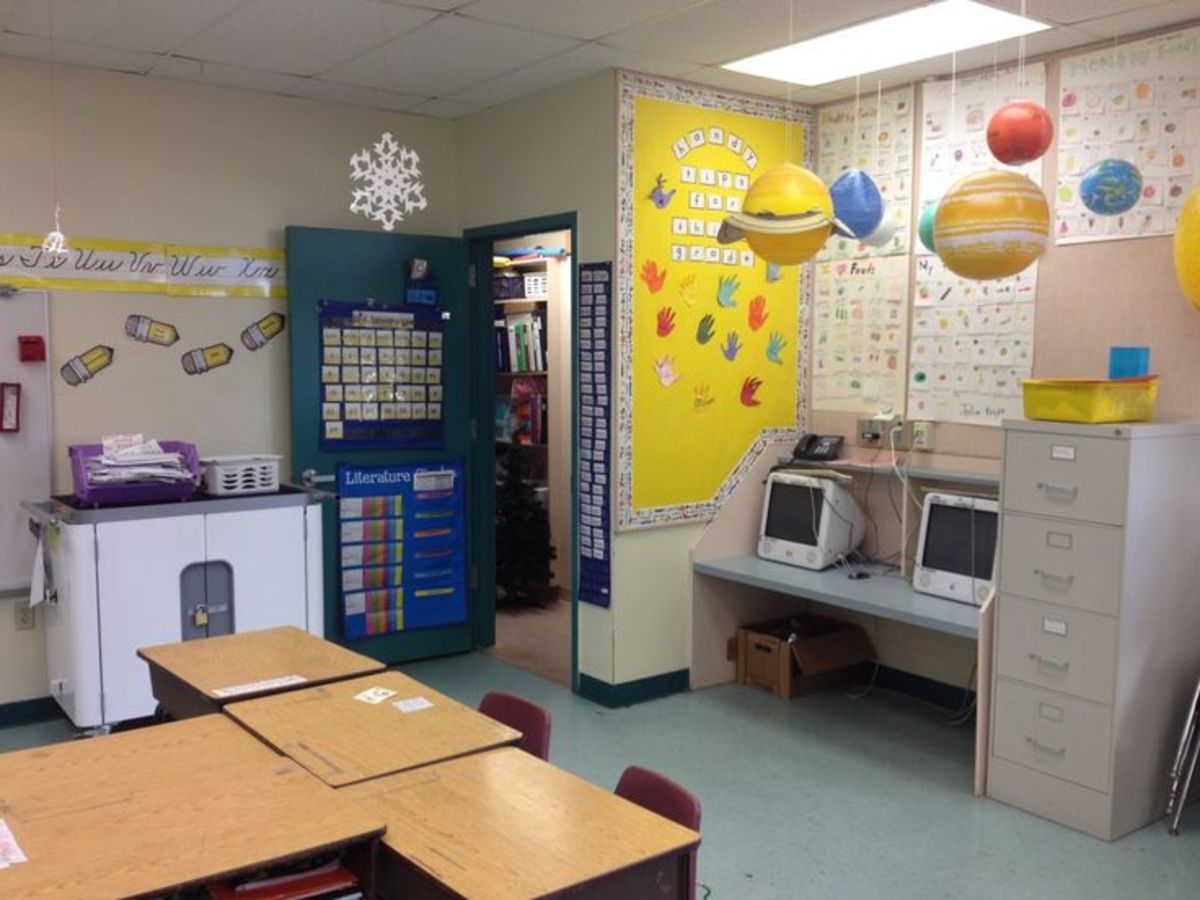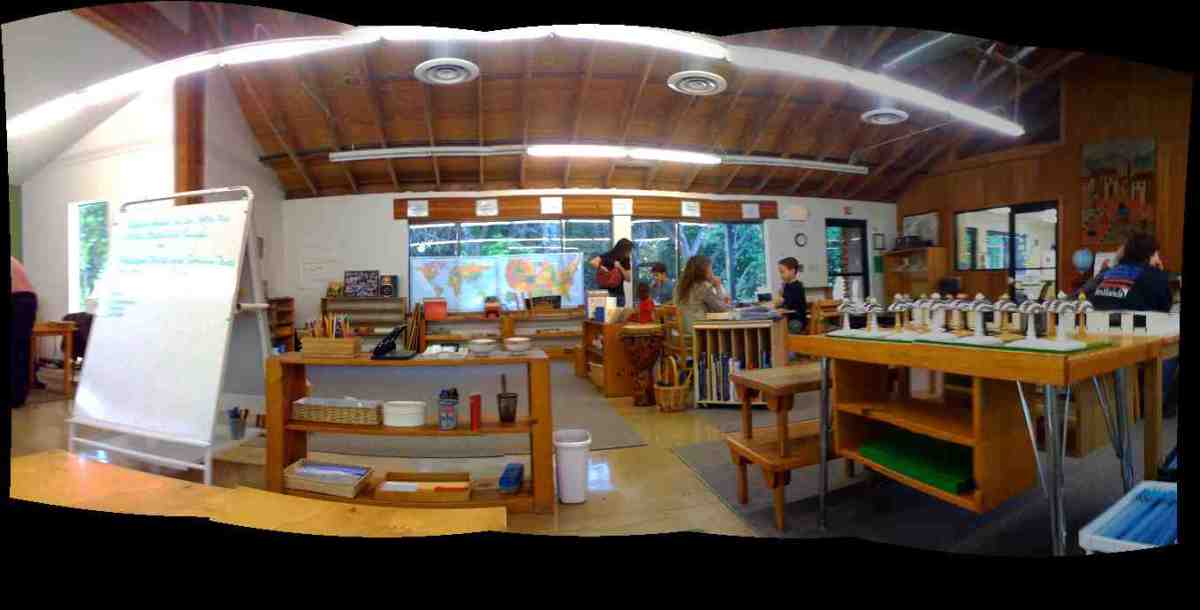Optimal Learning Environment for Students with ASD
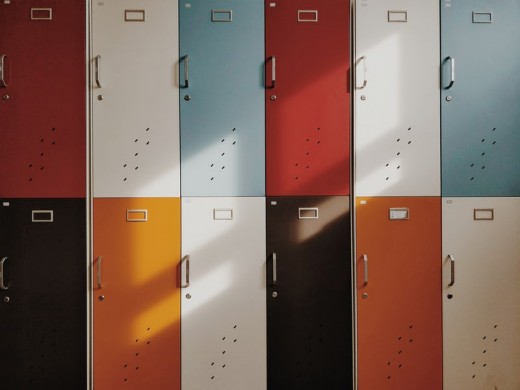
Introduction
Autism Spectrum Disorder (ASD) is a disorder that affects hundreds of thousands of students in America.1 Parents with children who are affected by ASD may have a difficult time choosing whether or not to put their child into public school. Public schools have to accept any student with ASD and must be accountable for them due to the No Child Left Behind Act.2 Other laws such as, IEP and the 504 plan also protect all children with disabilities and allow them to receive a free and unrestricting education, but unfortunately not all public schools provide the optimal accommodations for these students.3
Options
There are few options available for students with ASD, one being public school, the second being a private practice, and the third being a charter school.4 Private practices are a great option, but can tend to be very pricey and therefore not every family can afford it. Charter schools are also an option, but if the school is full then there is a lottery to choose which students may attend. If a family cannot afford a private practice and also does not get into a charter school, public schools may be the only option.
ASD Needs
Students on the spectrum require much more attention and need a specific type of environment in order to perform to their highest ability. In the classroom, an assistant is required to help give students one on one time and help keep the classroom calm and maintained.5 The teacher also needs to be able to control the light and volume that is heard and seen outside of the classroom. If there are too many distractions than students with ASD will not be able to retain the information. Students with ASD need time to themselves in order to reflect on what they just learned and absorb it.6

Looking Forward
As the world improves so does our technology. New technology, such as apps, can help in the classrooms. Teachers can use apps to assist them in teaching students new information and keeping students engaged.10 Along with this new technology, comes a larger budget.
Problems Within Public Schools
There are multiple problems within the public school system when it comes to students with ASD. Teachers are not required to have specific training for students with ASD.7 Since teachers are unaware of the autism spectrum, students are unable to receive the individual learning and assistance that they need. Another large problem is money. Accommodating for students with ASD costs a lot and requires multiple extra features that other classrooms do not, for example, sound proofing the classrooms to avoid outside noise. If the public school budget rises to provide students with ASD the optimal environment, taxes would increase and therefore put more of a burden on the community.8 Bullying is one of the biggest fears for parents with children on the spectrum. Students with ASD tend to be bullied at school by their peers because they are "different".9 Both students and teachers need to be taught about the autism spectrum.
Conclusion
Students with Autism Spectrum Disorder deserve the best learning environment no matter the cost. If students with ASD are given this opportunity, they will have the opportunity to reach their full potential. In order to provide this, adjustments must be made and more people must be hired. Government funding must be raised in order to provide students with ASD the education they deserve.
References
1Wagner, S. (2011, September/October). A guide to making the autism puzzle fit.[Magazine article]. Principal. https://www.naesp.org/principal-septemberoctober-2011-healthy-child/guide-making-autism-puzzle-fit.
2Wagner, 2011
3Family Connect. IEP and 504 plan: what’s the difference, and which is the most appropriate for my visually impaired child? Retrieved from http://www.familyconnect.org/info/education/your-childs-iep-or-ifsp/iep-and-504-plan-differences/135.
4Sabella, L. (2014, March). Why a K-8 school is best for our exceptional child. [Magazine article]. Exceptional Parent. http://eds.a.ebscohost.com.proxy006.nclive.org/eds/pdfviewer/pdfviewer?vid=11&sid=5e281b37-9695-4174-9d01-e6aabbfd69ce%40sessionmgr4007.
5Wilkinson, B., & Marshall, R. (producers). (2018, May 11). Psychreg podcast: Autism Spectrum Disorder at school. Podcast retrieved from https://www.podcast.psychreg.org/episode-413/.
6Chick, N. Metacognition. Retrieved from Vanderbilt University Website: https://cft.vanderbilt.edu/guides-sub-pages/metacognition/.
7Florida State University. (2018 June 28). Strategic classroom intervention can make big difference for autism students. ScienceDaily. Retrieved October 8, 2018 from www.sciencedaily.com/releases/2018/06/180628131048.htm.
8McLaughlin, J. (2017, July 11). Why model autism programs are rare in public schools. Spectrum. https://www.spectrumnews.org/opinion/viewpoint/model-autism-programs-rare-public-schools/.
9Adams, Z. & Vandesteeg, T. (Producers), & Adams, Z. (Director). (2015, May 210). Autism in America. [Documentary film]. United States of America. https://fod-infobase-com.proxy006.nclive.org/p_ViewVideo.aspx?xtid=137723&tScript=0&loid=505334#.
10Simmons, K. D. (2014). Apps for communication and video modeling for middle school students with autism spectrum disorders. Journal of Instructional Psychology, 41(1), 79–82. Retrieved from https://login.proxy006.nclive.org/login?url=http://search.ebscohost.com/login.aspx?direct=true&db=psyh&AN=2015-24498-008&site=eds-live&scope=site.




